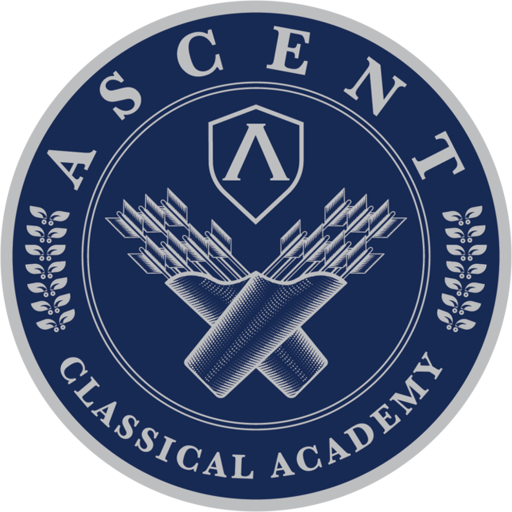At Ascent Classical Academy, we support phonics instruction, not a whole-language methodology.
There are two major approaches to teaching reading: one approach supports the idea that the language’s written code must be taught first (phonics), while the other approach supports meaning first (“whole word” or “whole language”).
The whole language approach assumes that as students learn to recognize whole words, the knowledge of letters/sounds will follow. Multiple studies, however, have shown that learning the code of written language first is a far more effective means of teaching literacy.
Our explicit phonics program, Access Literacy, begins with spelling first. Spelling takes spoken words that our students already understand and converts them into print. All the letters of the alphabet, as well as common letter combinations like ‘th’, are individually called ‘phonograms’, because they are an alphabetical symbol of a single sound in the English language. Our students begin their journey to literacy by learning the 72 phonograms, seeing and saying their sounds as well as hearing and writing them. Students are also taught to listen to the sounds they hear in spoken words and match them with phonograms they have learned. This process of converting spoken language into written language is called ‘encoding’, or more formally, ‘orthography’. This is the beginning of writing.
The teacher continues to introduce new words to the students, using phonograms and spelling rules, so that students can successfully write and then read the words. The beauty in this logic is that if students can spell a word, they can read it. Reading is the process of ‘decoding’ the written symbols used in a word. Many studies indicate the success of teaching spelling combined with reading will produce dramatically increased results in reading. Reading will naturally follow spelling if taught within a system of phonics.
Students are taught new words through daily lessons. The words are individually and explicitly taught with an explanation of any rules of spelling that are needed to understand the sound/symbol relationship.
